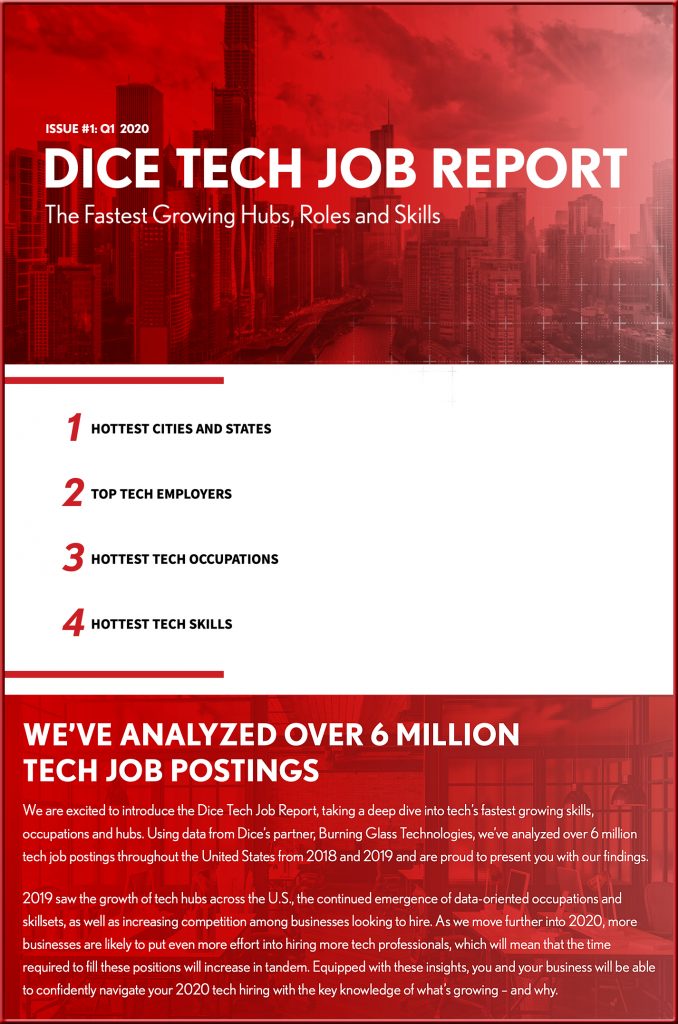Experts say 23% of lawyers’ work can be automated—law schools are trying to stay ahead of the curve — from cnbc.com by Abigail Hess
Excerpts:
While law school graduates out-earn those with just a high school or bachelor’s degree on average, the legal profession is not immune to the same technological trends that have touched essentially every industry.
Advances in technology such as artificial intelligence allow modern software to scan legal documents, streamline communications and find relevant casework for lawyers. McKinsey estimates that 23% of work done by lawyers can be automated by existing technology.
…
Another way law schools are working to increase their value proposition is by offering more lifelong learning resources.
Greif argues that to a significant extent, law schools have always been centers of lifelong learning, through conferences and collaboration with local bar associations, but says that some schools have been ramping up their offerings.














